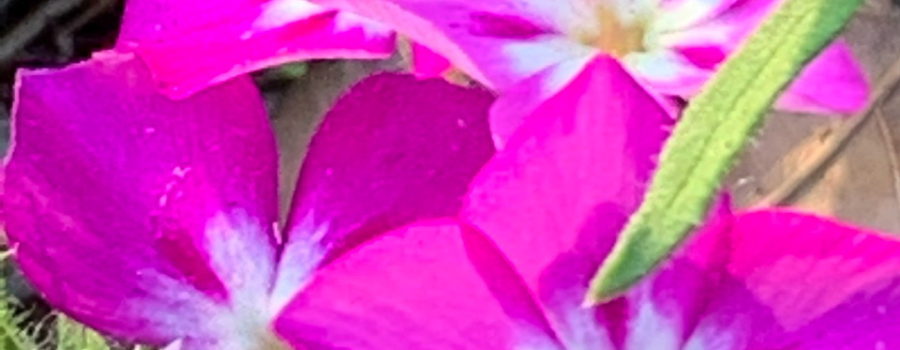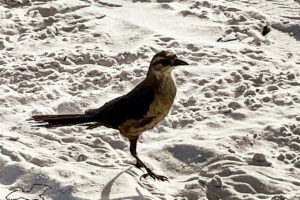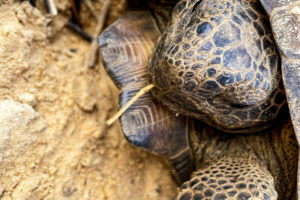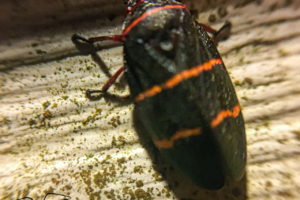Phlox is a Magnificently Beautiful Native Wildflower

Every spring the right of ways, road shoulders, highway medians, and open fields of central Florida become a sea of gorgeous colors for several months. What causes this? It is the blooming of the wildflowers, particularly the phlox. There are actually quite a few species of phlox (67 to be exact) that grow in all sorts of environments, and flower at various times of the year, but around here we have Drummond’s phlox, which (obviously) is a springtime bloomer. This particular type of phlox likes sandy, well drained soil (describes us perfectly) and direct sunlight to partial shade. This time of year it’s actually easy to see what sections of the roadside get the most sun based on where the phlox is growing best.

Drummond’s phlox is also known as Texas Pride or Pride of Texas, since Texas was where it was first described by naturalist Thomas Drummond in 1835. Drummond collected seeds from the phlox he studied in Texas and sent them back to England, where they were used to produce most of the commercial variations of phlox available in nurseries and garden stores today (yes, you can go buy phlox even though it’s growing wild in massive amounts along the roads!). In fact, in much of Europe, Drummond’s phlox is a highly prized ornamental flower.

In commercially available phlox, there are quite a variety of flower colors including red, pink, white, maroon, purple, and coral. Our wildflowers don’t have quite as many color variations, but they do come in dark pink, light pink, white, and red with the dark pink being the most prominent color. In the dark pink there can also be quite a bit of variation in the center colors. I think that part of what makes the wild phlox so striking is that the flowers grow in small clusters at the ends of the stems, so that even though each flower is only an inch or so wide, you end up with pops of color from each cluster.

One of the advantages of living in a small, rural area is that people here tend to appreciate the beauty of things like wildflowers. This is definitely not one of those communities where everything has to be just so, either. So this time of the year most of the road maintenance crews skip mowing or mow around the areas where there are large patches of phlox. That allows us to enjoy the beautiful flowers until early to mid June (assuming we get regular rain). I don’t know about you, but I’d rather see patches of wildflowers over perfectly mowed grass any day!






Recent Comments